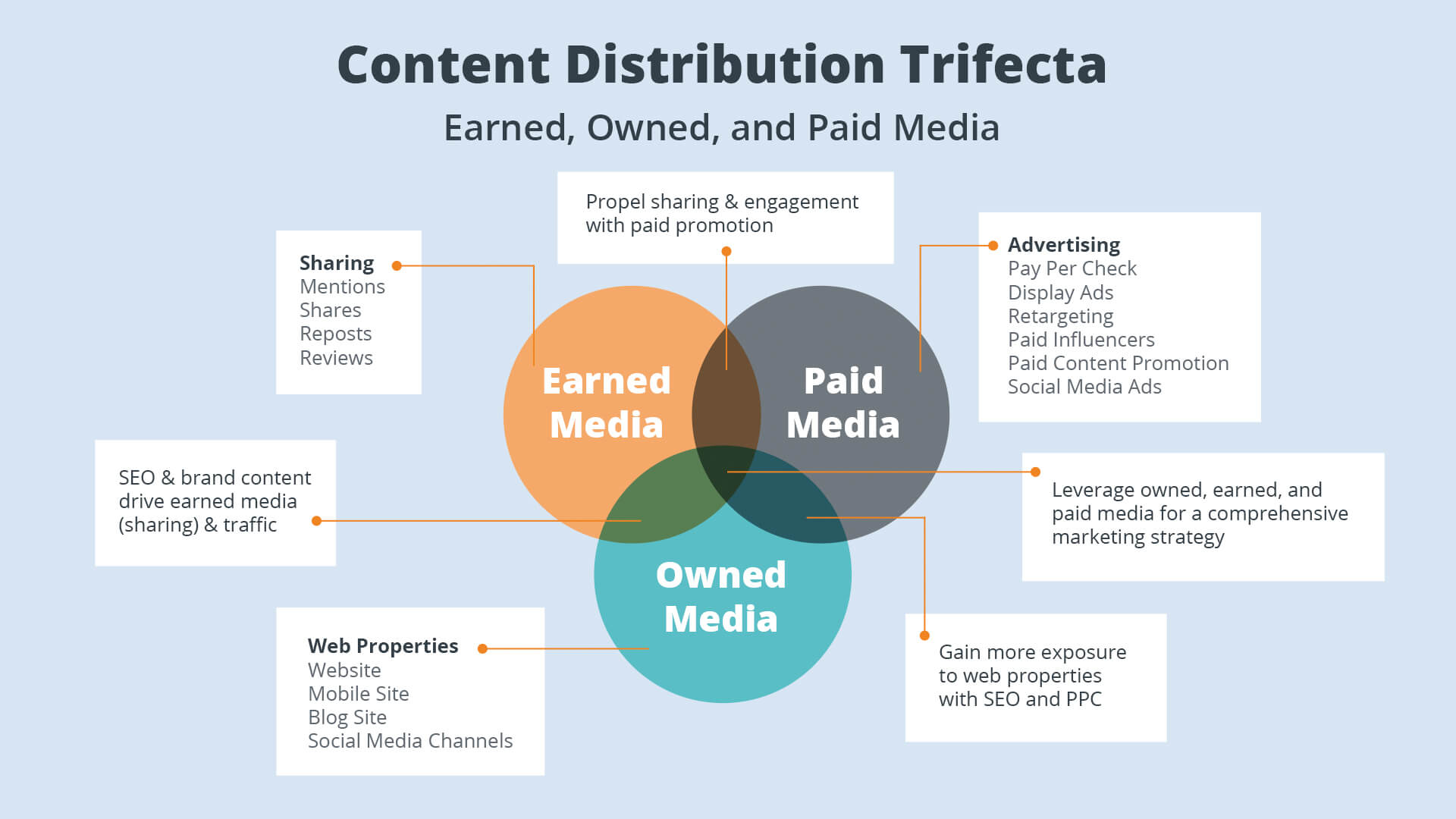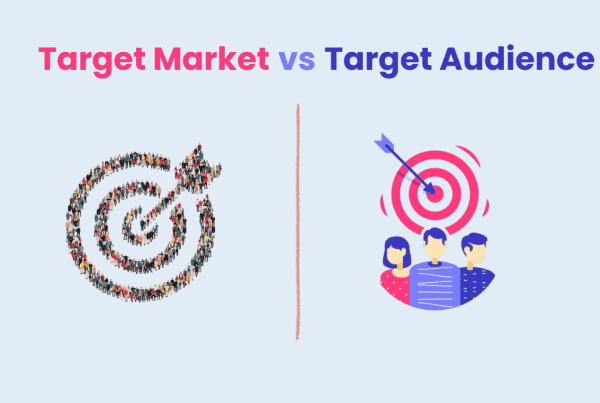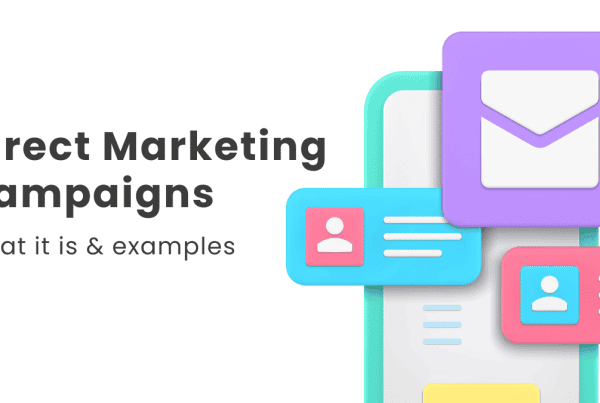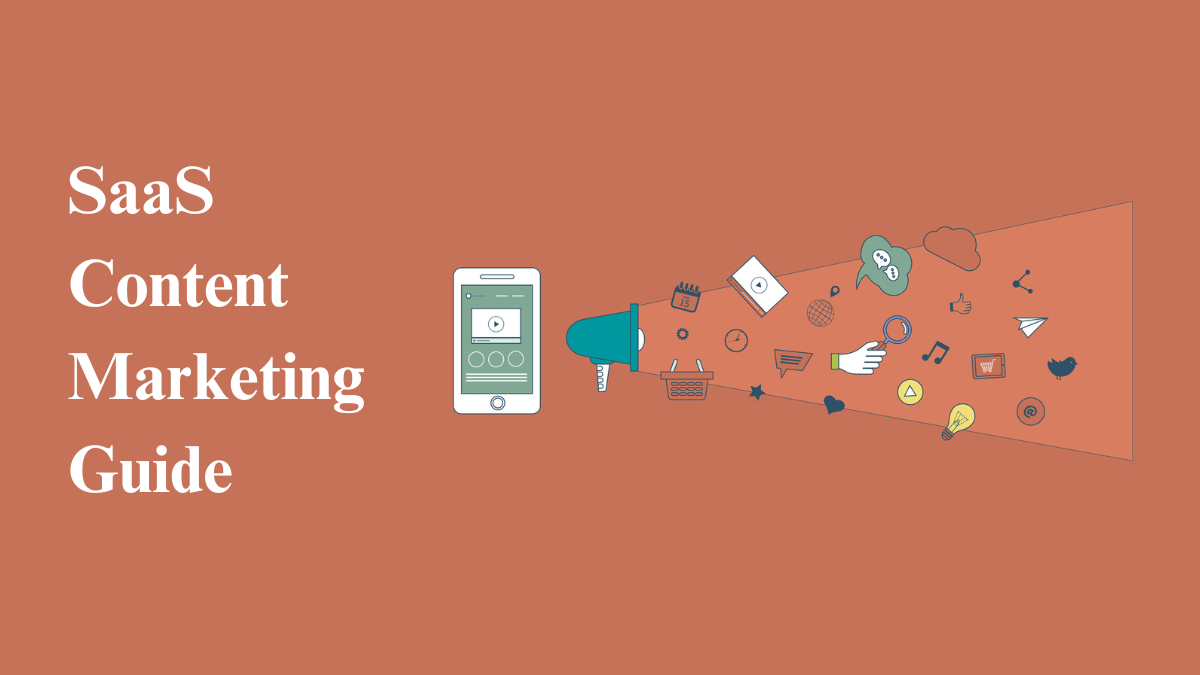
Do you want to grow your SaaS business without spending a fortune on ads? Do you want to attract and convert more customers with content that they love and trust? Do you want to stay ahead of the competition and the industry in 2024 and beyond?
If you answered yes to any of these questions, then you need to learn and master SaaS content marketing.
SaaS Content Marketing
As per Gitnux, Creating content is a key marketing strategy for 57% of SaaS companies. SaaS Content Marketing is the art and science of creating and sharing valuable, relevant, and informative content for your target audience.
SaaS content marketing is a way of using content to attract, engage, and retain customers for software-as-a-service (SaaS) businesses. SaaS businesses offer software products that customers can access online, usually by paying a monthly or annual fee.
For example, let’s say you have a SaaS business that offers an email marketing tool. You can use content marketing to create and share content that helps your audience learn how to use email marketing effectively, such as:
- How to write catchy subject lines that increase open rates.
- How to segment your email list and personalize your messages?
- How to design beautiful and responsive email templates?
- How to measure and optimize your email marketing performance?
- How to use your email marketing tool to create and send email campaigns?
By creating and sharing this kind of content, you can:
- Boost your brand awareness and visibility
- Drive more organic traffic to your website
- Educate and nurture your prospects
- Increase your conversions and revenue
- Reduce your churn and increase your retention
- Upsell and cross-sell your existing customers
- Encourage referrals and word-of-mouth
But how do you create a SaaS content marketing strategy that works? How do you plan, produce, and promote your content effectively? How do you measure and optimize your content performance and ROI?
Don’t worry, we’ve got you covered. In this article, we will show you the 10 steps you need to follow to create a successful SaaS content marketing strategy in 2024 and beyond.
A 10-Step SaaS Content Marketing Guide To Increase Traffic & Leads
Here is the 10-step SaaS Content Marketing guide that can help you increase traffic & leads in 2024.
Step 1: Define your SaaS content marketing goals
Before you start creating content, you need to know what you want to achieve with it. Your content marketing goals should align with your SaaS business objectives and vision.
Some of the common goals that SaaS content marketers have are:
- Increase brand awareness and visibility: You want to make your SaaS brand more known and recognized in your industry and niche. You want to reach and attract more potential customers to your website and product.
- Generate more organic traffic to your website: You want to rank higher on search engines and drive more visitors to your website. You want to optimize your content for relevant keywords and search intent.
- Build trust and authority in your niche: You want to establish your SaaS brand as a credible and reliable source of information and solutions. You want to showcase your expertise and thought leadership in your niche.
- Educate and nurture your prospects: You want to provide value and education to your prospects. You want to help them understand their problems and needs, and how your product can solve them. You want to move them along the buyer’s journey and prepare them for the purchase decision.
- Convert more leads into customers: You want to persuade and convince your prospects to sign up for your product or service. You want to use compelling and clear calls-to-action, offers, and testimonials to increase your conversions and revenue.
- Reduce churn and increase retention: You want to keep your customers happy and loyal to your SaaS brand. You want to provide them with ongoing support, guidance, and value. You want to reduce the risk of them canceling or switching to a competitor.
- Upsell and cross-sell your existing customers: You want to increase the lifetime value of your customers. You want to encourage them to upgrade to a higher plan or buy additional features or services. You want to show them how they can get more value and benefits from your product.
- Encourage referrals and word-of-mouth: You want to turn your customers into advocates and promoters of your SaaS brand. You want to incentivize them to share your content and product with their friends, colleagues, and networks. You want to leverage the power of social proof and recommendations.
Your content marketing goals should be SMART: Specific, Measurable, Achievable, Relevant, and Time-bound. This means that you should:
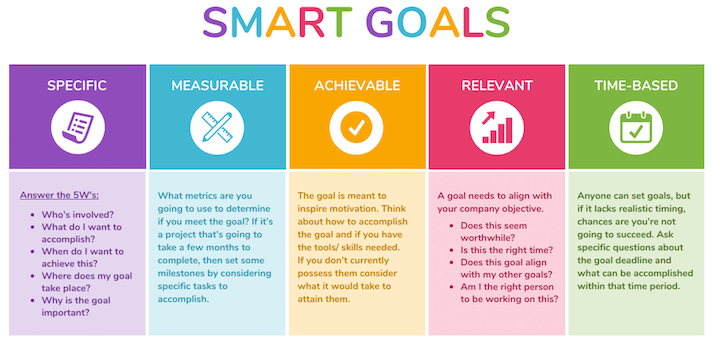
- Define your goals clearly and precisely
- Set your goals based on data and benchmarks
- Make sure your goals are realistic and attainable
- Align your goals with your SaaS business strategy and vision
- Set deadlines and milestones for your goals
For example, instead of saying “I want to increase traffic”, you could say “I want to increase organic traffic by 50% in the next 6 months by creating and optimizing 10 blog posts per month for the top 20 keywords in my niche”.
Step 2: Research your target audience
Before you create content, you need to know who you are creating it for. Your target audience is the group of people who are most likely to benefit from your SaaS product and content. You need to understand their pain points, challenges, needs, and goals, and how your product and content can help them.
To do this, you need to create buyer personas for your ideal customers. Buyer personas are fictional characters that represent your target audience. They are based on real data and insights that you collect from various sources. They help you create content that matches your audience’s preferences and expectations.
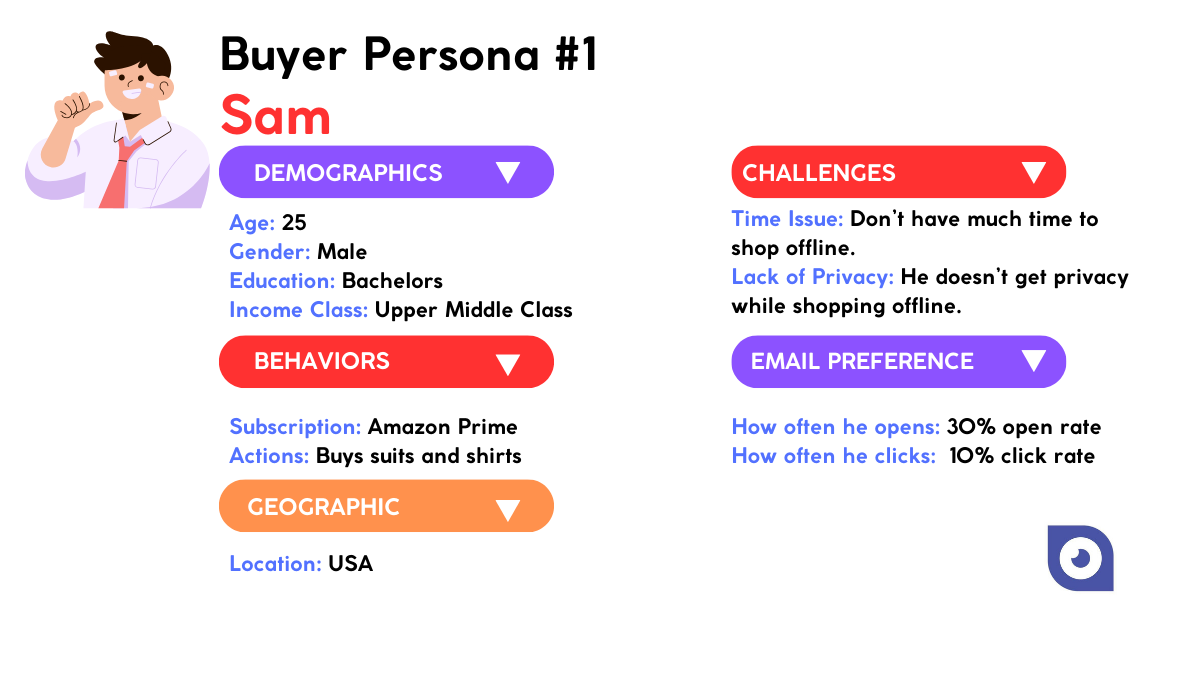
Some of the sources that you can use to create your buyer personas are:
- Customer surveys and interviews: Ask your existing or potential customers to fill out surveys or participate in interviews. You can use tools like SurveyMonkey or Typeform to create and distribute your surveys. And, tools like Zoom or Skype to conduct and record your interviews.
- Customer feedback and reviews: You can collect and analyze your customer feedback and reviews from various channels and platforms. Use tools like Trustpilot or G2 to monitor and manage your online reviews. You can also use tools like Zendesk or Intercom to capture and respond to your customer feedback.
- Website analytics and behavior: Track and measure your website visitors and their behavior on your website. You can use tools like Bing Webmaster Tools or Google Analytics to see your website traffic, sources, pages, and conversions. You can also use tools like Hotjar or Crazy Egg to see your website heatmaps, scroll depth, and clicks.
- Social media analytics and engagement: Monitor and analyze your social media followers and their engagement with your content. You can use tools like BuzzSumo or Social Animal to see your social media shares, comments, and reactions. Also use tools like Sprout Social or Socialbakers to see your social media metrics, insights, and reports.
- Keyword research and search intent: You should research and identify the keywords and phrases that your target audience uses to search for information and solutions online. You can use tools like Bing Webmaster Tools or Semrush to see the most popular and relevant keywords in your niche. Also, use tools like AnswerThePublic or AlsoAsked to see the questions and topics that your audience is interested in.
- Competitor analysis and industry trends: You can also research and analyze your competitors’ content strategy. Use tools like Ahrefs or SpyFu to see your competitors’ websites, keywords, and rankings. You can also use tools like Feedly or Flipboard to see the latest trends and news in your industry.
Step 3: Identify your content topics and keywords
After you research your target audience, you need to find the topics and keywords that will draw them to your content. These are the topics and keywords that match what your audience is looking for, what they want to know, and what they need to solve.
To find your content topics and keywords, use tools like Bing Webmaster Tools or Semrush. These tools can help you:
- Discover the most popular and relevant keywords in your niche: You can find the keywords that your audience is using to search for information and solutions online. See the keywords that your competitors are targeting and ranking for.
- Analyze the search volume, difficulty, and competition for each keyword: Analyze how many people are searching for each keyword, how hard it is to rank for each keyword, and how many competitors are competing for each keyword. You can use this data to prioritize and select the best keywords for your content.
- Find related keywords and long-tail variations: Find the keywords that are similar or related to your main keywords. You can also see the keywords that are more specific and less competitive than your main keywords. Use these keywords to expand and diversify your content topics and keywords.
- See what kind of content is ranking for each keyword: You can catch the content that is already ranking for each keyword on search engines. Use this content to get ideas and inspiration for your content. Also, identify content gaps and opportunities that you can fill with your content.
- Identify content gaps and opportunities: Find content that is missing or lacking for each keyword on search engines. You can use this content to find and create content that your audience needs and wants, but your competitors are not providing or doing well.
You can also use tools like BuzzSumo or Ahrefs to find the most shared and engaging content in your niche. These tools can help you:
- Find the content that is getting the most social media shares, comments, and reactions.
- See the content that is coming from the most trusted and respected sources and authors in your niche.
- Understand the content that is performing well on different social media platforms and channels.
- Know the content that covers the most current and relevant trends and topics in your industry.
- See the content that your competitors are creating and how it is performing.
Step 4: Create a content calendar and plan your content production
After you find your content topics and keywords, you need to create a content calendar and plan your content production. A content calendar tool helps you plan and schedule your content strategy. It helps you:
- Organize your content ideas and themes
- Assign tasks and deadlines to your content team
- Track your content progress and results
A content calendar can include the following details for each piece of content:
- Title and headline of your content that captures the attention and interest of your audience
- Topic and keyword of your content that matches the search intent and needs of your audience
- Content format and type of your content, such as blog posts, videos, ebooks, webinars, etc. While Uplift says that – 47% of SaaS companies find case study blog posts to be effective, Demio says that 91% of SaaS apps find success with a webinar format that includes at least two speakers.
- Content goal and purpose of your content, such as increasing awareness, generating leads, educating prospects, etc.
- Target audience and persona of your content, based on your buyer personas and their stage in the buyer’s journey
- Content outline and structure of your content, such as the introduction, body, conclusion, etc.
- The length and quality of your content are based on your content standards and best practices. According to Content Marketing Institute’s research report, the most successful blog posts in the SaaS sector average under 3,000 words.
- Content creators and editors who are responsible for creating and reviewing your content
- The date and time when your content is or will be published and live on your website or platform
- The channels and platforms where your content will be distributed and promoted, such as email, social media, etc.
- The metrics and KPIs that you will use to measure and analyze your content performance and ROI, such as traffic, engagement, leads, customers, etc.
You can use tools like Trello or Asana to create and manage your content calendar. These tools can help you:
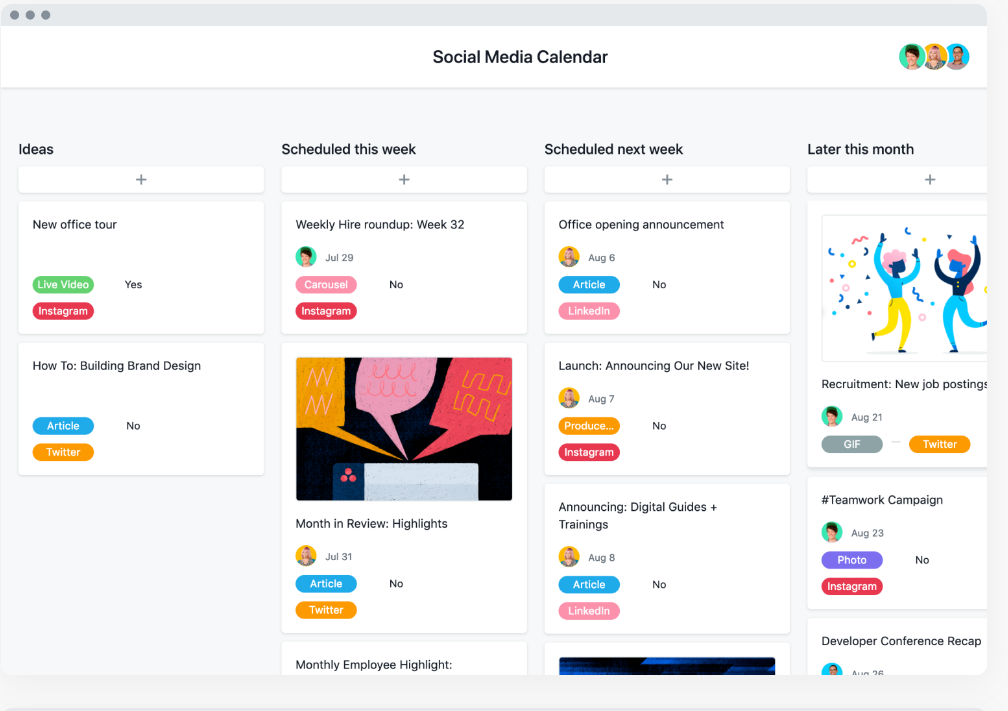
- Create and assign tasks and subtasks for each piece of content, such as research, writing, editing, etc.
- You can set and track deadlines and reminders for each task and subtask, to ensure that your content is delivered on time and within budget
- Collaborate and communicate with your content team, such as sharing feedback, comments, suggestions, etc.
- Attach files and documents to your tasks and subtasks, such as content outlines, drafts, images, etc.
- Integrate your content calendar with other tools and apps that you use, such as Bing Webmaster Tools, Semrush, BuzzSumo, HubSpot, etc.
Step 5: Produce high-quality and engaging content
After you plan your content topics and keywords, you need to create high-quality and engaging content that matches them. This is the most crucial and difficult step of your SaaS content marketing strategy. You need to create content that:
- helps them learn something new, solve a problem, or achieve a goal.
- addresses the specific pain points and challenges that your audience faces.
- shows empathy and understanding for their situation and needs.
- is both educational and entertaining for your audience.
- Build trust and authority for your SaaS brand.
- Persuade and convert your audience into customers.
- stands out from the competition and the noise.
- Is optimized for search engines and social media.
- Get more shares and engagement on social media and reach more potential customers.
To produce high-quality and engaging content, you need to follow some best practices, such as:
- Use clear and catchy headlines
- Use a simple and conversational tone and language
- Use short and scannable paragraphs, sentences, and words
- Break up your text and improve readability
- Use data, facts, statistics, and examples
- Use stories, anecdotes, and emotions
- Use calls-to-action, buttons, and links
- Use your product as a solution
- Use keywords and phrases naturally and strategically
- Use meta tags, titles, descriptions, and URLs
- Use hashtags, mentions, and tags
Step 6: Distribute and promote your content
Creating high-quality and engaging content is not enough. You also need to distribute and promote your content to reach your target audience and drive traffic and leads to your website. You need to use the right channels and platforms where your audience is active and looking for information and solutions.
Some of the most effective channels and platforms for SaaS content marketing are:
- Email marketing: Email marketing is one of the most powerful and personal ways to distribute and promote your content. You can use email marketing to:
- Build and grow your email list with lead magnets and opt-in forms
- Segment and personalize your email campaigns based on your audience’s interests, behavior, and stage in the buyer’s journey
- Send newsletters, updates, and offers to your subscribers
- Nurture and educate your leads with email sequences and workflows
- Encourage referrals and reviews from your customers
- Social media marketing: Social media marketing is one of the most popular and engaging ways to distribute and promote your content. Use social media marketing to:
- Share your content with your followers and fans
- Join and participate in relevant groups, communities, and forums
- Create and join conversations and discussions with hashtags, mentions, and tags
- Run ads and campaigns to boost your reach and visibility
- Collaborate and partner with influencers and advocates
- Content syndication: Content syndication is a way to distribute and promote your content by republishing it on other websites and platforms. You can use content syndication to:
- Reach a wider and more relevant audience
- Increase your brand awareness and authority
- Generate more backlinks and traffic to your website
- Leverage the credibility and reputation of other sources and publishers
Medium, LinkedIn, Quora, Reddit, and Hacker News are some of the most popular platforms for content syndication
Step 7: Measure and analyze your content performance
The next step is to measure and analyze your content performance. You need to track and monitor your content metrics and KPIs to see how your content is performing and whether you are achieving your goals. You also need to use the data and insights to optimize and improve your content strategy and tactics.
Some of the most important content metrics and KPIs are:
- Traffic: Traffic measures the number of visitors and sessions your content generates. You can use tools like Bing Webmaster Tools or Google Analytics to track your traffic sources, channels, and pages. Use tools like Semrush or Ahrefs to track your organic traffic, keywords, and rankings.
- Engagement: Engagement measures the level of interaction and interest your content generates. Use tools like BuzzSumo or Social Animal to track your social media shares, comments, and reactions. You can also use tools like Hotjar or Crazy Egg to track your website behavior, heatmaps, and scroll depth.
- Leads: Leads measure the number of prospects and opportunities your content generates. You can use tools like HubSpot or Mailchimp to track your email subscribers, opt-ins, and conversions. Also, use tools like Leadfeeder or Lead Forensics to track your website visitors, leads, and companies.
- Customers: Customers measure the number of paying users and revenue your content generates. You can use tools like Stripe or PayPal to track your sales, transactions, and revenue. Use tools like Baremetrics or ProfitWell to track your SaaS metrics, such as MRR, ARR, LTV, CAC, and churn.
- ROI: ROI measures the return on investment of your content marketing efforts. You can use tools like Google Looker Studio or Tableau to create and visualize your content marketing dashboard and reports. You can also use tools like Google Sheets or Excel to calculate your content marketing ROI using this formula:
Content Marketing ROI = (Revenue – Cost) / Cost x 100
Step 8: Optimize and improve your content
The next step is to optimize and improve your content based on your content performance and feedback. You need to constantly test and experiment with your content to see what works and what doesn’t. You also need to update and refresh your content to keep it relevant and accurate.
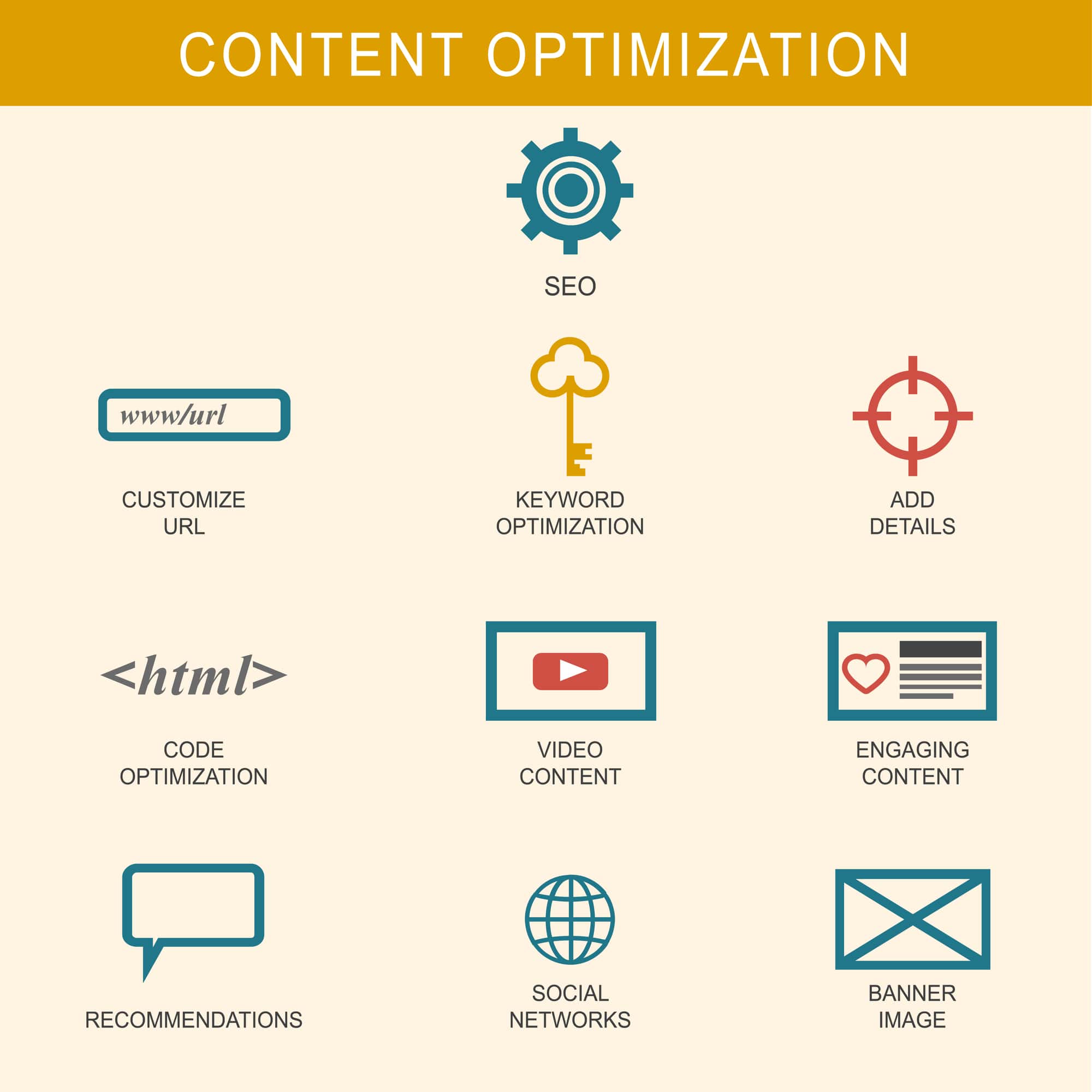
Some of the ways to optimize and improve your content are:
- A/B testing: A/B testing is a way to compare two versions of your content to see which one performs better. You can use tools like Optimizely or VWO to run A/B tests on your content elements, such as headlines, images, CTAs, and layouts.
- Content audit: Content audit is a way to evaluate and analyze your existing content to see what needs to be improved, updated, or deleted. Use tools like Screaming Frog or Sitebulb to crawl and audit your website content, and use tools like ContentKing or Yoast to monitor and optimize your content quality and SEO.
- Content repurposing: Content repurposing is a way to reuse and recycle your existing content to create new content for different formats, platforms, and audiences. You can use tools like Lumen5 or Animoto to turn your blog posts into videos. You can also use tools like Canva or Piktochart to turn your data and statistics into infographics.
Step 9: Scale and automate your content production
The next step is to scale and automate your content production to create more content faster and easier. You need to use tools and technologies that can help you streamline and simplify your content creation process. You also need to outsource and delegate some of your content tasks to save time and resources.
Some of the ways to scale and automate your content production are:
- Content generation: Content generation is a way to create content automatically using artificial intelligence and natural language processing. Use tools like Bing or GPT-4 to generate content for various purposes, such as headlines, summaries, introductions, and conclusions. You can also use tools like Grammarly or Hemingway to check and improve your content grammar, spelling, and readability.
- Content curation: Content curation is a way to find and share relevant and valuable content from other sources and publishers. You can use tools like Feedly or Flipboard to discover and follow the best content in your niche. Use tools like Buffer or Hootsuite to schedule and share your curated content on social media.
- Content outsourcing: Content outsourcing is a way to hire and work with external content creators and experts. According to the Content Marketing Institute, 57% of the most successful B2B tech companies outsource their SaaS content marketing activities. You can use platforms like Upwork or Fiverr to find and hire freelance content writers, editors, designers, and marketers. Use platforms like Scripted or ContentFly to order and receive custom content on demand.
Step 10: Learn and innovate your content
The final step is to learn and innovate your content to stay ahead of the competition and the industry. You need to keep learning and improving your content skills and knowledge. You also need to keep innovating and experimenting with your content ideas and strategies.
Some of the ways to learn and innovate your content are:
- Content courses: Content courses are a way to learn and master the best practices and techniques of content marketing. You can use platforms like Udemy or Coursera to enroll and complete online content marketing courses and certifications. Use platforms like Skillshare or LinkedIn Learning to access and watch content marketing videos and tutorials.
- Content books: Content books are a way to learn and gain insights from the experts and thought leaders of content marketing. You can use platforms like Amazon or Audible to buy and read content marketing books and audiobooks. Use platforms like Goodreads or BookBub to find and follow the best content marketing books and authors.
- Content podcasts: Content podcasts are a way to learn and listen to the latest trends and topics of content marketing. You can use platforms like Spotify or Apple Podcasts to subscribe and listen to content marketing podcasts and episodes. You can also use platforms like Podchaser or Podcast Addict to discover and rate content marketing podcasts and hosts.
Conclusion
SaaSPartners.io found out that 80% of B2B technology marketers report that writing is the most important of all content marketing skills, followed by digital media skills (77%), and data analysis skills (65%). Thus, SaaS content marketing is a great way to grow your SaaS business without spending too much on ads. It helps you attract and convert more customers with valuable and relevant content. It also helps you stay ahead of the competition and the industry.
In this article, we showed you the 10 steps you need to follow to create a successful SaaS content marketing strategy. We also shared some examples and best practices from leading SaaS companies that have mastered content marketing.
By following this guide, you can create content that drives traffic and leads for your SaaS business in 2024 and beyond.
References:
- https://www.semrush.com/blog/saas-content-marketing/
- https://ahrefs.com/blog/saas-content-marketing/
- https://www.saaspirin.co/knowledge-center/what-is-saas-content-marketing
- https://www.simpletiger.com/guide/saas-content-marketing
- https://skale.so/saas-marketing/content-stategy/
- https://www.growandconvert.com/content-marketing/saas-content-strategy/
- https://contentmarketinginstitute.com/wp-content/uploads/2021/10/B2B_2022_Research.pdf
- https://www.upliftcontent.com/blog/saas-marketing-case-studies/
- https://learn.demio.com/we-analyzed-the-webinar-strategy-of-the-top-100-saas-companies-and-heres-what-we-learned-study
- https://blog.gitnux.com/saas-marketing-statistics/
- https://saaspartners.io/saas-marketing-statistics/

